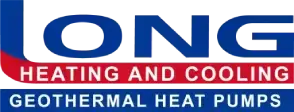Air Source
Innovative & efficient, air source heat pumps (ASHPs) use
outside air as a heat source & heat sink. They utilize a compressor & a condenser to absorb heat in one place & release it in another. When heating a space during the winter, an ASHP absorbs heat from outside air & releases it inside. Remember that outside air at any temperature above absolute zero contains some heat. Air source heat pumps simply move this heat to provide space
heating. In summertime, the system reverses the refrigerant flow to cool the interior of the home or building. ASHPs offer a full
central heating and cooling option, & they can provide fairly low-cost space heating. Standard air source heat pumps found in most homes can extract useful heat down to about 5°F.
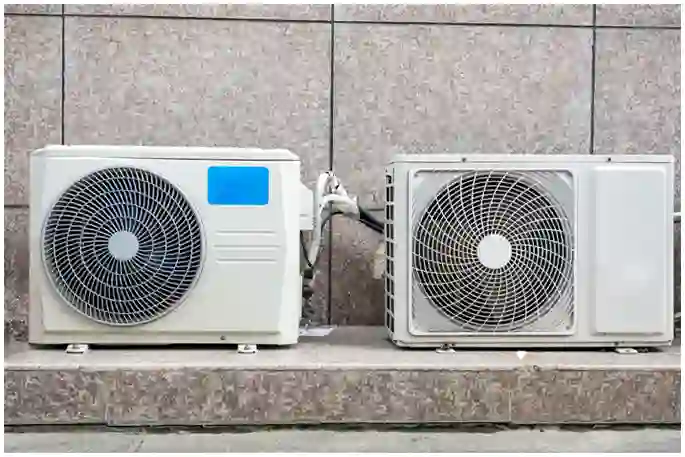
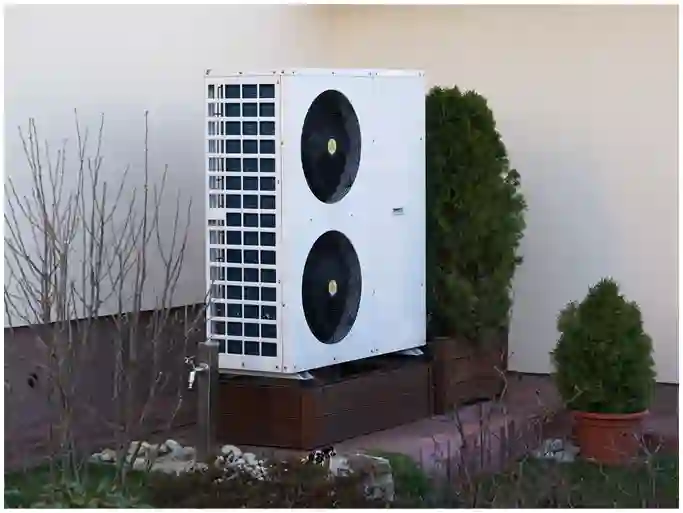
ASHP Components
ASHP Lifespan & Maintenance
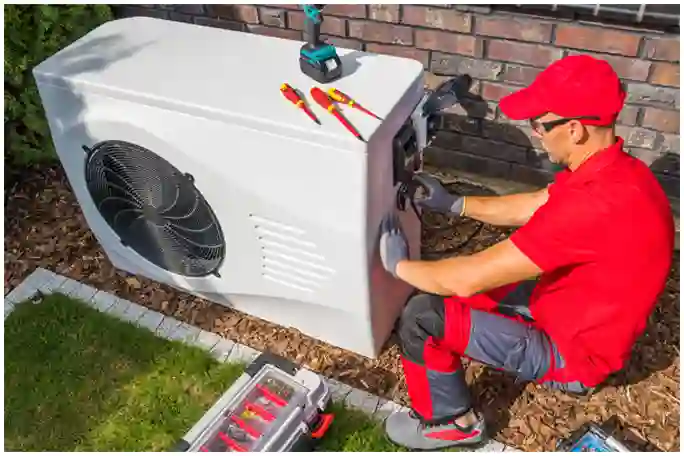
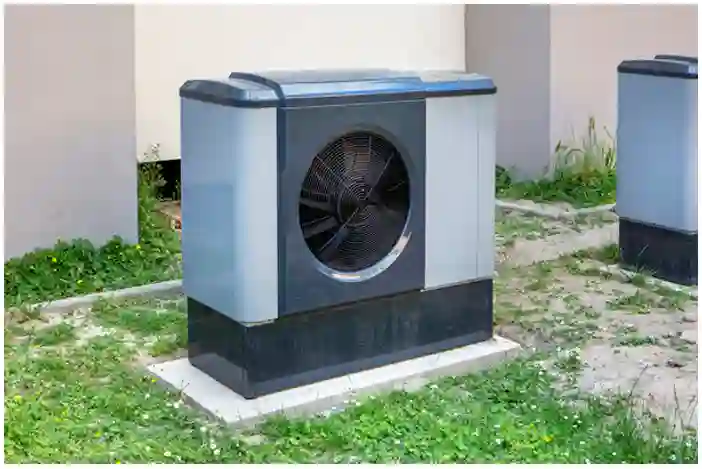
ASHP Auxiliary & Emergency Heat Systems
ASHP Defrosting
Sometimes the outdoor section on units will “frost up” when outdoor temperatures are 32-41°F or colder and there is sufficient moisture in the air, which restricts air flow across the outdoor coil. Note that as the temperature drops below freezing, the need to defrost the outdoor section typically lowers due to the air’s reduced relative humidity.
When defrosting is needed, the heat pump unit can use a defrost cycle in which the system switches to A/C mode to transfer heat from the home to the condenser to melt the ice.
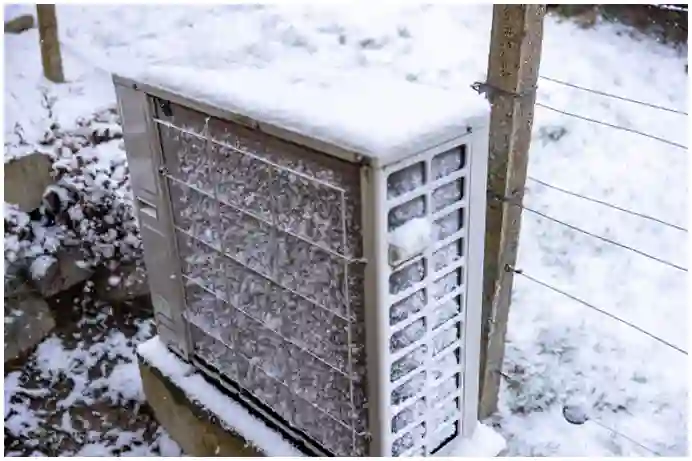
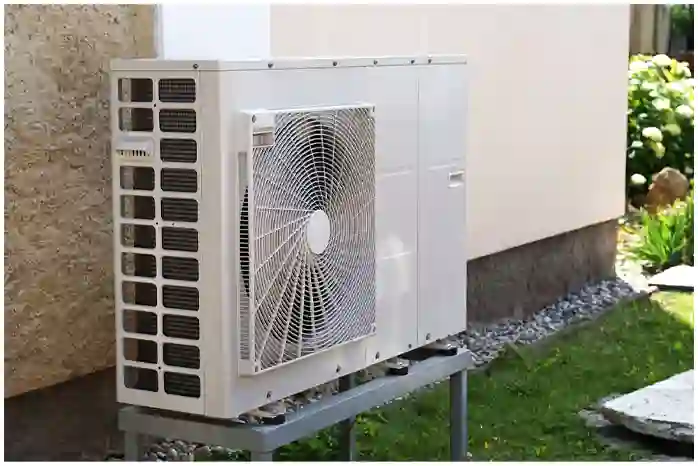
ASHP Efficiency
A high-efficiency heat pump can provide up to four times as much heat as an electric heater using the same energy. The warmer the outside temperature, the more efficient the air source heat pump will be.
To measure the efficiency of an air source heat pump, you will need to determine the coefficient of performance (COP). A COP of three conveys that the heat pump produces three units of heat energy for every one unit of electricity it consumes.
